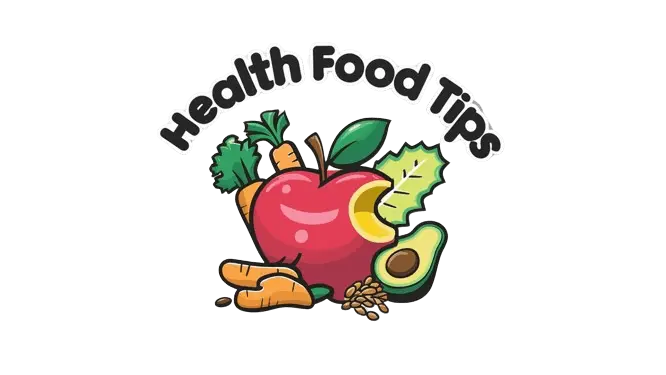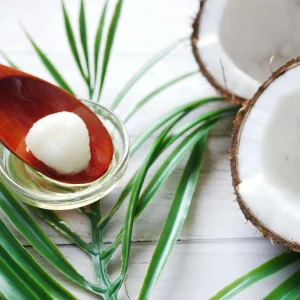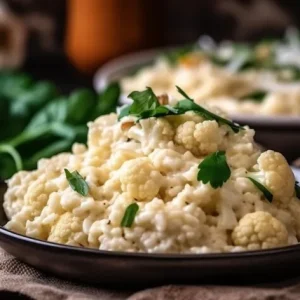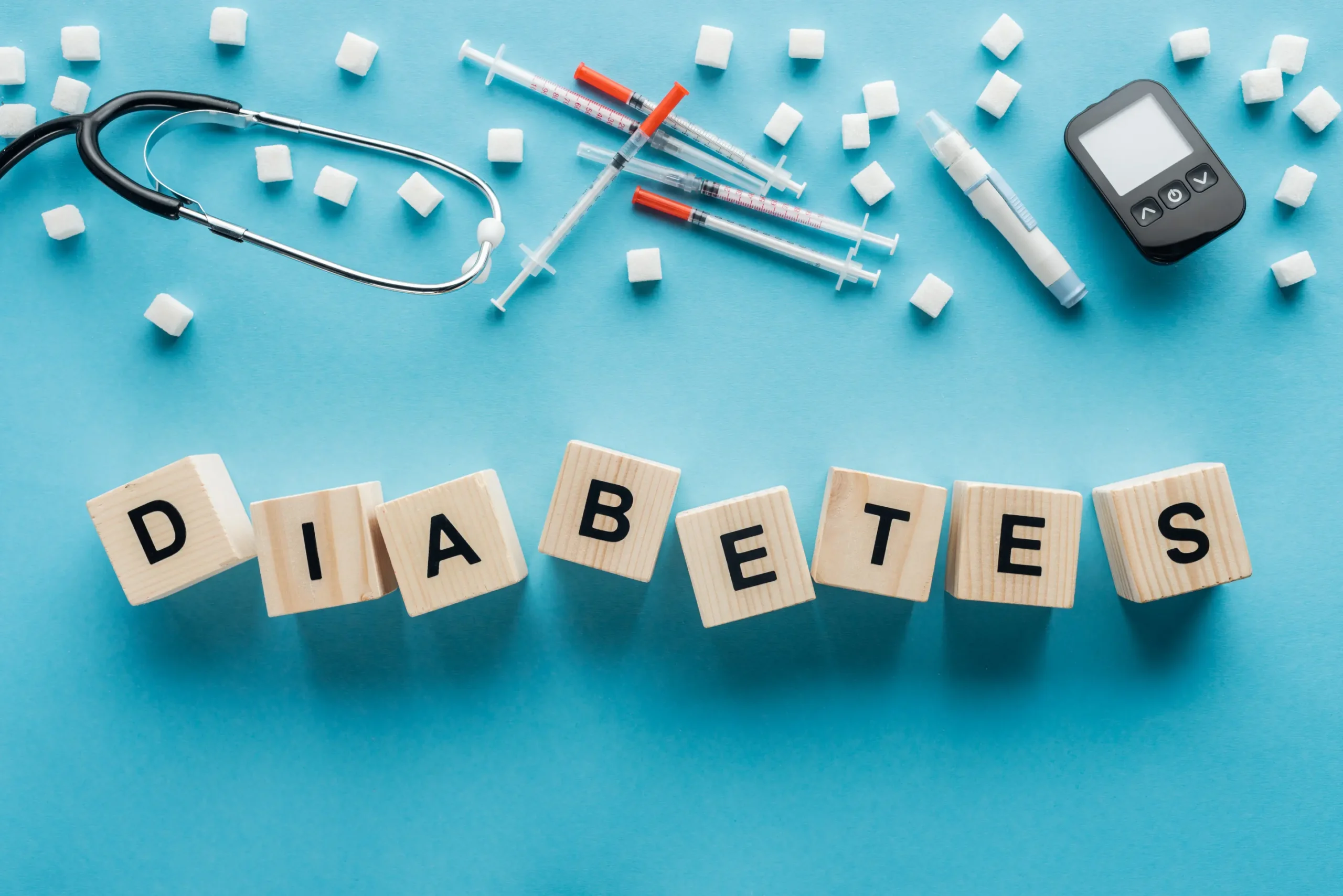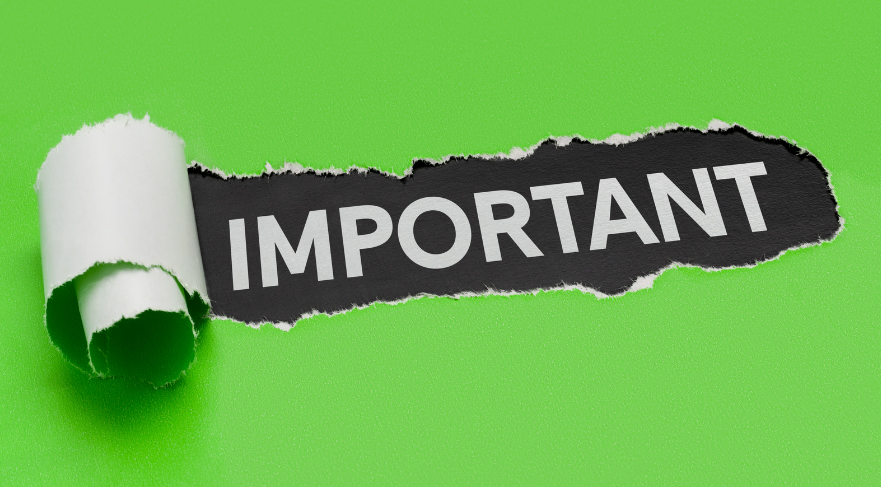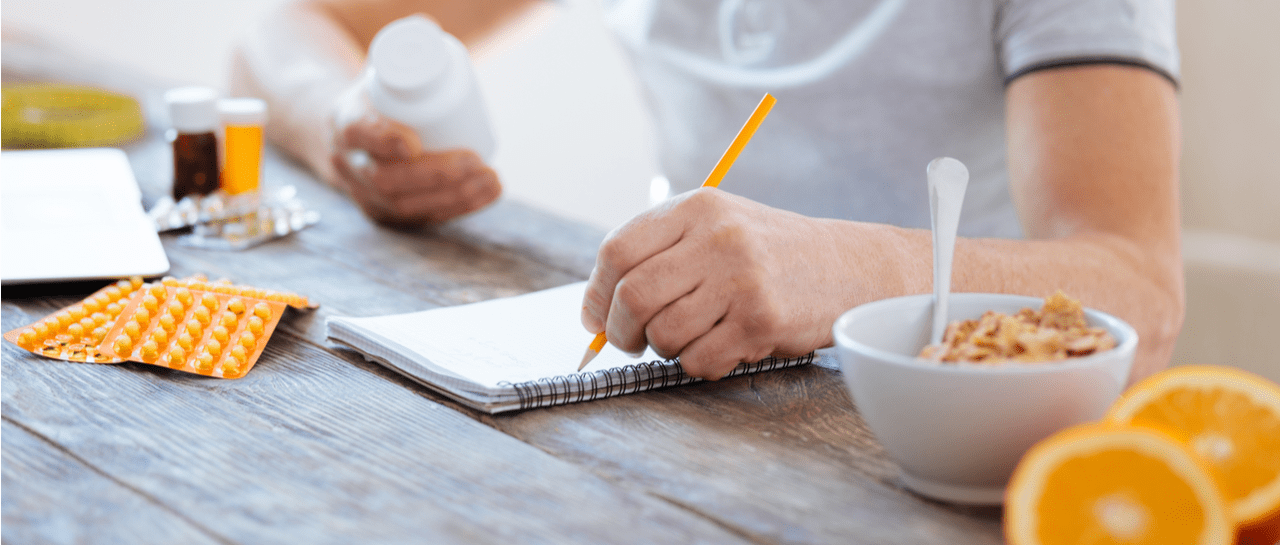Homemade soups and broths are not only comforting but also packed with nutrients. However, one common challenge that many home cooks face is dealing with the layer of grease or oil that naturally rises to the top. While some fat is essential for flavor, too much can make your dish heavy, greasy, and less healthy. The good news? Soup & broth fat removal is easier than you might think, and you don’t need fancy equipment to do it. With a few simple tricks, you can skim off excess fat and enjoy a lighter, cleaner bowl of goodness.
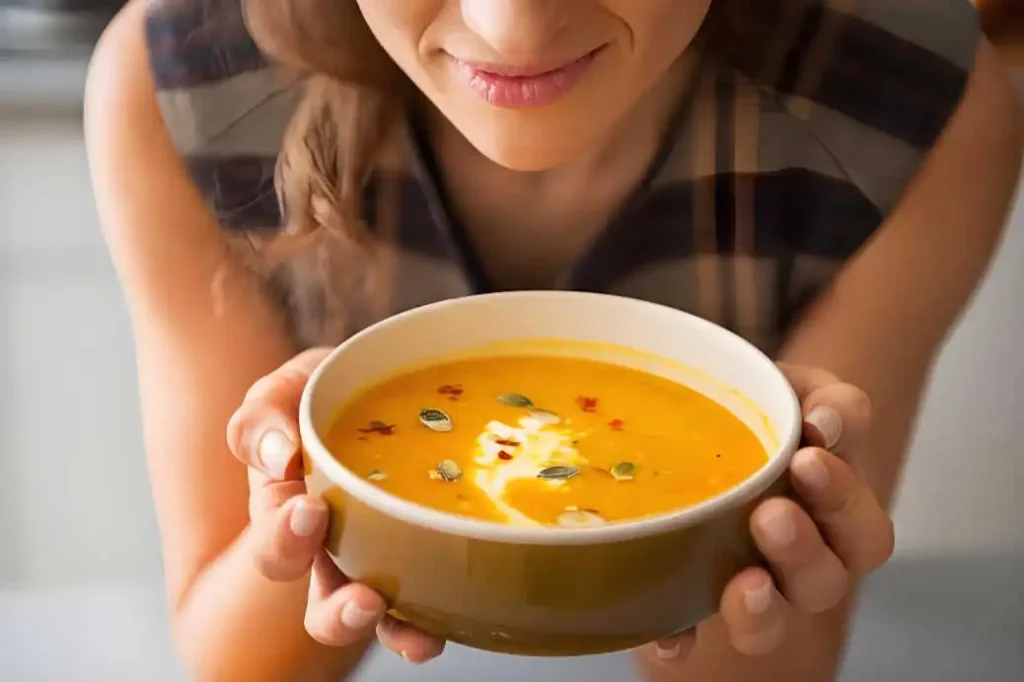
Content
Why Remove Fat from Soups and Broths?
Before we dive into the methods, let’s understand why fat removal is important:
- Improves flavor balance: Excess grease can overpower delicate flavors.
- Health benefits: Too much fat adds unnecessary calories.
- Better texture: Removing the slick layer on top creates a smoother, more appetizing broth.
- Presentation: A clear soup looks more appealing without oily bubbles floating around.
Luckily, you can achieve these results without compromising the taste.
Method 1: Skim Off Fat During Cooking
The most straightforward way to handle soup & broth fat removal is to skim off fat as it rises to the surface during simmering. Fat naturally floats, so all you need is a spoon or ladle. Tilt the pot slightly and gently scoop the fat layer from the edges. This process works best if you’re patient and skim periodically instead of waiting until the very end.
Pro tip: Use a shallow spoon or a small mesh skimmer to make the process faster and cleaner.
Method 2: Use a Separator for Convenience
If you want a more efficient solution, a fat separator is your best friend. This handy kitchen tool looks like a measuring cup with a spout at the bottom. You pour your hot soup or broth into the separator, and as it settles, the fat rises to the top while the flavorful liquid stays below. By pouring from the spout, you can easily dispense the broth while leaving the fat behind.
Separators come in different sizes and are affordable, making them a worthwhile investment for anyone who frequently makes soups, stews, or gravies.
Method 3: Chill and Remove Solidified Fat
For those who plan ahead, chilling the soup or broth overnight in the refrigerator is one of the easiest fat removal strategies. Once cold, the fat solidifies into a firm layer on top. You can simply lift or scrape it off before reheating.
This method is especially helpful for large batches, since it requires very little effort and ensures you remove nearly all excess fat.
Method 4: Ice Cube Trick for Quick Fixes
When you don’t have time to refrigerate but want fast results, try the ice cube trick. Wrap a few ice cubes in paper towels or cheesecloth and glide them across the surface of the hot broth. The cold surface causes the fat to harden and cling to the cloth, making it easy to lift away.
This method is quick, effective, and perfect when you’re about to serve soup but notice a greasy layer floating on top.
Method 5: Bread or Lettuce Blotting
If you need a quick rescue and don’t have tools handy, everyday kitchen items like bread or lettuce can help. Place a piece of bread or a large lettuce leaf gently on the surface of the soup to absorb the fat. Then, discard it. This method isn’t as precise as using a separator or chilling, but it works in a pinch.
Choosing the Right Method
Which method you choose depends on your cooking style:
- For daily cooking: Skim off fat with a spoon as you go.
- For large batches: Chill overnight and remove solid fat.
- For quick serving: Use the ice cube trick or bread method.
- For precise results: Invest in a separator for hassle-free soup & broth fat removal.
Final Thoughts
Making soup or broth at home should be a rewarding experience, not a greasy one. By learning how to skim off fat effectively—whether by hand, with a separator, or through simple tricks like chilling—you can create healthier, tastier, and more visually appealing dishes.
Whether you’re preparing a hearty beef stew, a delicate chicken consommé, or a vegetarian broth, mastering these soup & broth fat removal methods ensures your efforts shine through without the distraction of excess grease. With these simple techniques, you can transform your homemade cooking into meals that are as light and nourishing as they are delicious.

Jesus is a health blog author who has been writing about nutrition, fitness and healthy living for over 10 years. He also loves to run, hike and bike with her wife.
